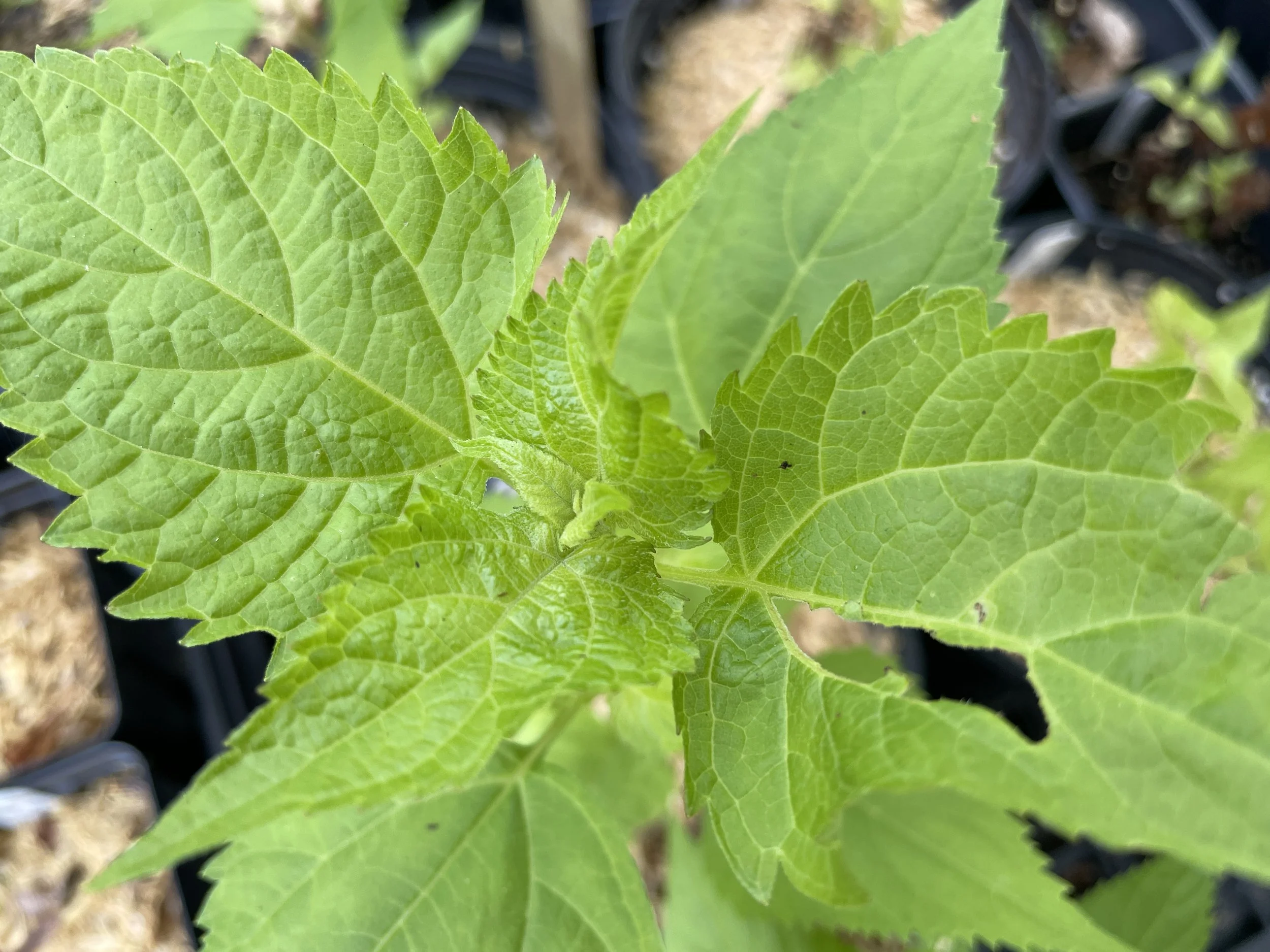
White snakeroot
Ageratina altissima
-
About
Prefers shade to part sun and moist to dry soils. Grows up to 2’ in height and blooms August to October. White snakeroot spreads by rhizomatous roots to form colonies and is a prolific self-seeder. A great plant to introduce after the removal of invasive species.
Because the foliage is bitter and toxic, mammalian herbivores (including deer) usually avoid this plant as a food source.
-
Ecological importance
Its nectar attracts many species of butterflies and moths, bees (including leaf-cutting bees, Halictid bees), wasps, and various flies (including Syrphid, Tachinid, bee flies and others)
The caterpillars of some moths are known to feed on the foliage and other parts of White Snakeroot. These species include Carmenta bassiformis (Eupatorium Borer Moth), Papaipema cataphracta (Burdock Borer Moth), Phragmatobia fuliginosa (Ruby Tiger Moth), Phragmatobia lineata (Lined Ruby Tiger Moth), and the Gracillariid moth Leucospilapteryx venustella. - Illinois Wildflowers
-
Why Courtney loves it
I love white snakeroot because it is an excellent plant for woodland edges, especially if you have been removing invasives. Here in South Bristol we have been removing LOTS of Morrow’s honeysuckle and multiflora rose from the forest edges and in it’s place goes White snakeroot and Pink turtlehead.

